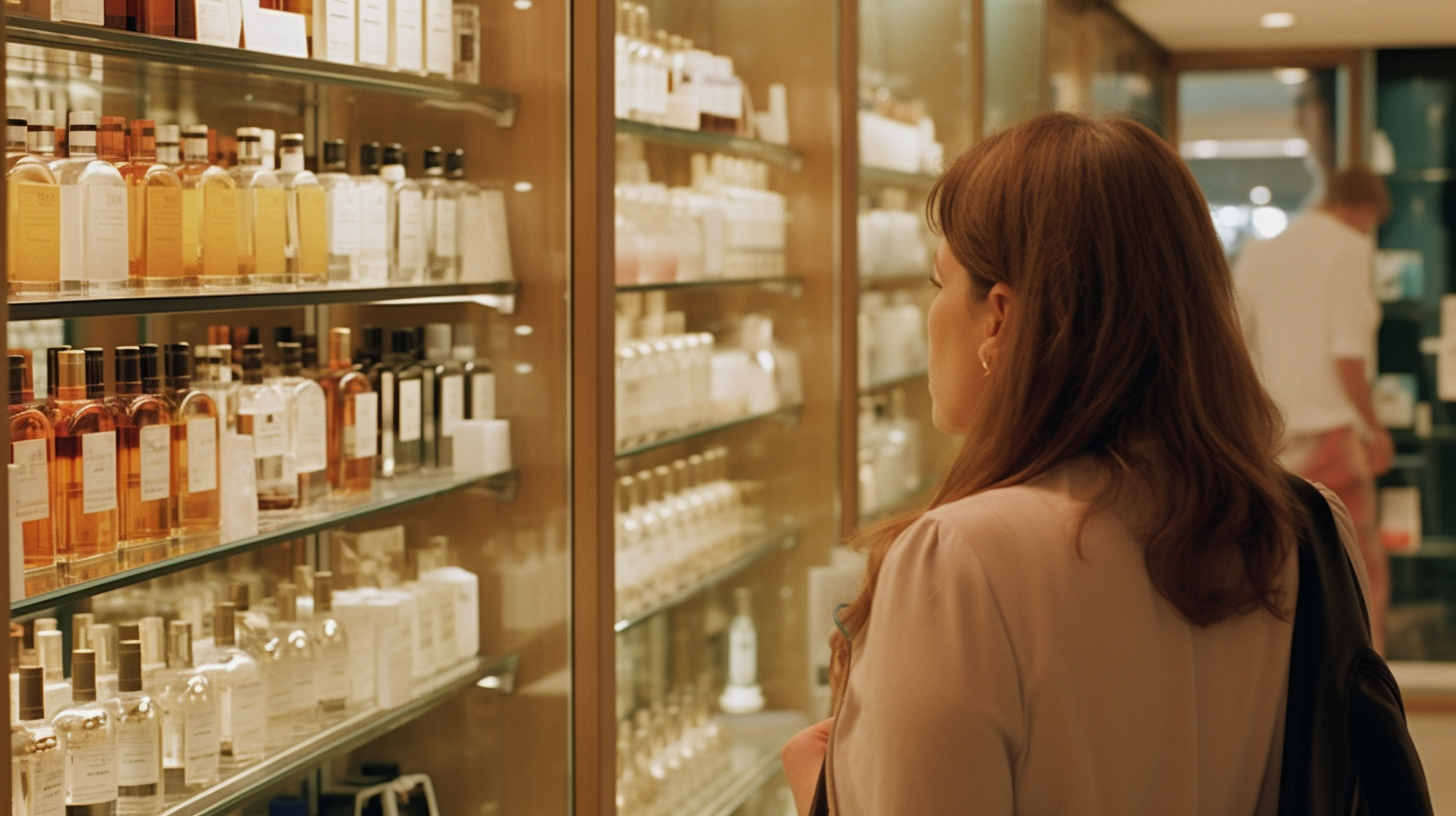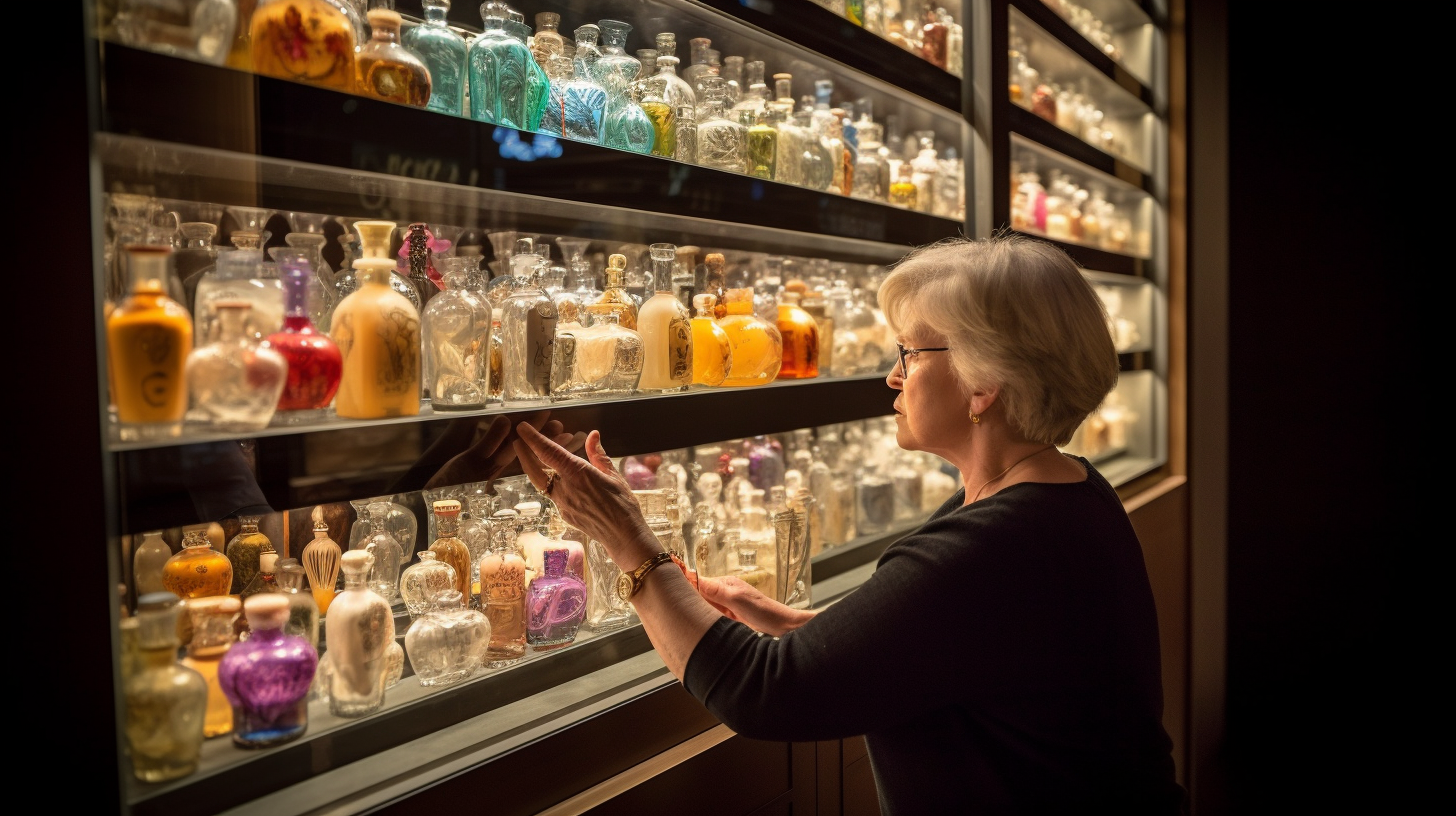Creating Your Own Fragrance: A Step-by-Step Guide
Welcome to our step-by-step guide on creating your own fragrance. If you’re someone who loves experimenting with different scents and wants a signature fragrance that is uniquely yours, then this guide is for you. Creating your fragrance can be a fun and rewarding experience, and with the right tools and ingredients, it’s easier than you might think. In this guide, we’ll walk you through the process of making your perfume from start to finish.
Why Create Your Own Fragrance?
Creating your fragrance is a unique experience that allows you to express your personality and style. It can also be an excellent way to save money, as store-bought fragrances can be expensive. When you make your perfume, you have complete control over the ingredients used, ensuring that your scent is entirely natural and free from harsh chemicals.
Another advantage of creating your fragrance is that it can be tailored to suit your preferences. You can choose the intensity of the scent, the type of fragrance (floral, fruity, spicy), and even customize it according to the season or occasion.
What You Need
To create your fragrance, you’ll need the following:
- A small glass bottle or vial with a tight-fitting lid
- Fragrance oils or essential oils (or both)
- Clean dropper or pipette
- Clean funnel
- Distilled water
- Vodka or other high-proof alcohol (optional)
The Process: Step-by-Step Guide
Now that we have all the necessary items let’s get started with creating our very own perfume!
Step 1: Choose Your Scents
The first step in creating your fragrance is to choose the scents or oils you want to use. You can use essential oils, fragrance oils, or a combination of both. Essential oils are derived from natural sources such as flowers, fruits, and herbs, while fragrance oils are synthetic and are created in a lab.
When choosing your scents, keep in mind that some oils blend well together, while others don’t. It’s essential to research which scents complement each other and create a harmonious fragrance.
Step 2: Mix Your Oils
Once you’ve chosen your scents, it’s time to blend them. Start by adding the base oil or carrier oil to the bottle. Carrier oils are used to dilute the essential or fragrance oil and prevent skin irritation. Good examples of carrier oils include jojoba oil, sweet almond oil, and grapeseed oil.
Add around 25-30 drops of your chosen essential or fragrance oil to the carrier oil in the bottle using a dropper or pipette. Remember that less is more when it comes to adding the scent. You can always add more later if needed.
Step 3: Add Water (or Alcohol)
Next, add distilled water (or alcohol) to the bottle using a funnel. The amount of water you add will depend on how strong you want your scent to be—the more water you add, the lighter the fragrance will be.
If you prefer a stronger scent, you can replace some of the water with vodka or other high-proof alcohol. This will help preserve the fragrance and make it last longer on your skin.
Step 4: Shake Well
Once you’ve added all the ingredients to the bottle, it’s time to shake well. Close the lid tightly and shake the bottle for a few minutes to ensure that all the ingredients are well mixed.
Step 5: Let It Rest
After shaking, let your perfume rest for at least 24 hours. This will allow the oils to blend and mature, enhancing the fragrance.
Step 6: Test and Adjust
After 24 hours, test your perfume by applying a small amount to your wrist or neck. If you’re happy with the scent, you’re done! If not, you can adjust it by adding more oils or water/alcohol and repeating steps four and five until you achieve your desired fragrance.
Tips for Creating Your Fragrance
Here are some tips to keep in mind when creating your fragrance:
- Start with a small amount of oil and add more as needed. Remember that less is more when it comes to adding scents.
- If you’re using essential oils, be sure to research their properties and potential side effects before using them. Some oils can cause skin irritation or allergic reactions.
- Label your perfume bottle with the date and ingredients used so that you can recreate it later if needed.
- If you’re unsure about which scents to use together, start with a pre-made perfume-making kit that includes instructions and suggested blends.
In Conclusion
Creating your fragrance is a fun and rewarding experience that allows you to express your personality through scent. With just a few simple ingredients, you can make a unique fragrance that is entirely natural and tailored to your preferences. Remember to experiment with different scents, start with small amounts of oil, and let your perfume mature before testing it. With these tips in mind, you’ll be on your way to creating your signature scent in no time!




